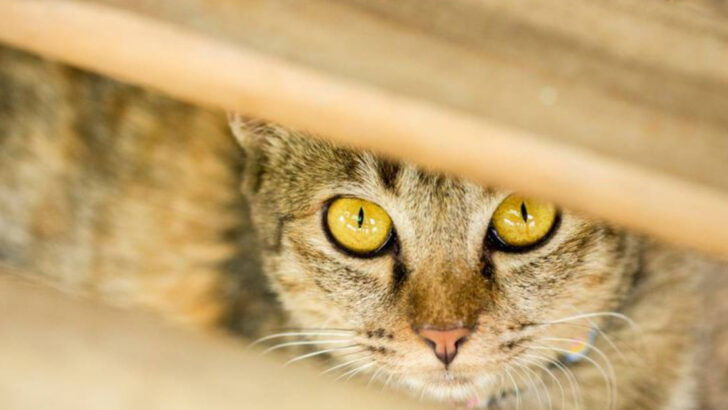Cats are sneaky—sometimes dangerously so.
They can purr, play, and nap like royalty even when something’s seriously wrong. While dogs might whimper or mope, cats? They just carry on, masters of disguise.
That’s what makes spotting illness in your feline so tricky—and so critical. One small change in behavior could be your only clue before things spiral fast.
We’re talking about the subtle stuff here. The quiet red flags that slip right under the radar until it’s too late.
Miss them, and you might not get a second chance. Catch them early, and you could save your cat’s life.
This guide lays out 14 warning signs most cat owners don’t catch—plus when it’s time to stop Googling and call your vet immediately.
Your cat won’t tell you what’s wrong. But their body will—if you know how to listen.
Let’s make sure you do.
Sudden Weight Loss

A sudden drop in your cat’s weight can be alarming. Cats can lose weight for various reasons, including stress, dietary changes, or more severe health issues like hyperthyroidism or diabetes.
A once plump kitty becoming gaunt is not just a cosmetic issue but a potential health warning. Regularly monitoring your cat’s weight can help catch these changes early.
If you notice your cat’s bones becoming more prominent, it’s time to consult a vet. Remember, gradual weight changes can indicate underlying problems that need addressing.
Increased Thirst and Urination
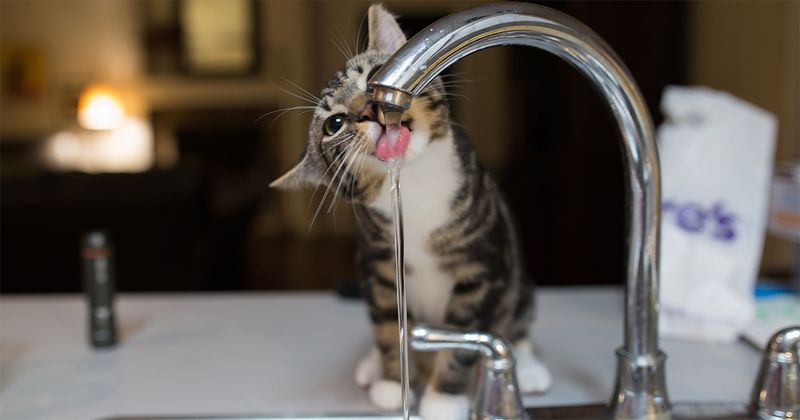
Notice your cat visiting the water bowl more often? This could signal underlying issues, such as kidney disease or diabetes. Cats are known for being low maintenance about hydration, so increased thirst often stands out.
Paying attention to the litter box can also provide clues. If you see an uptick in wet litter, it’s a good time to call the vet. Hydration is crucial, but excessive drinking isn’t normal.
Timely intervention can make a world of difference.
Persistent Vomiting
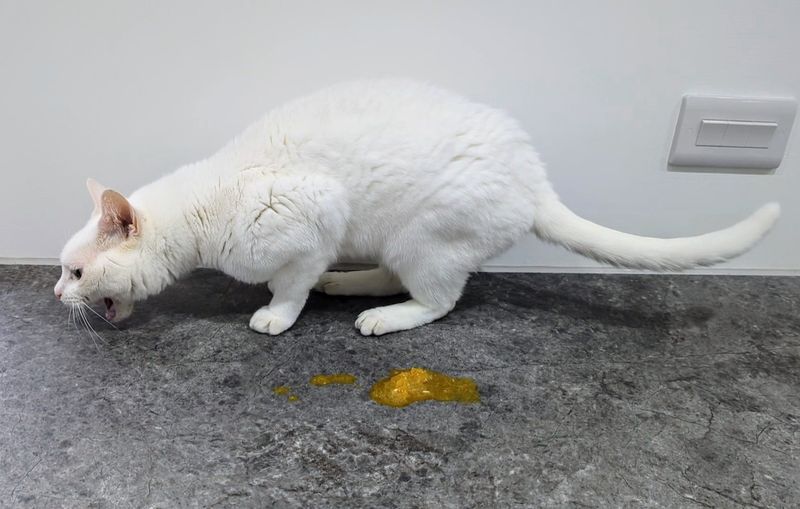
Occasional hairballs are normal, but frequent vomiting is a different story. It might indicate a gastrointestinal issue, infection, or even poisoning.
Cleaning up vomit may become routine, but it’s a sign your feline needs help. If your cat vomits regularly, especially if accompanied by lethargy or weight loss, seek veterinary advice.
Differentiating between benign and concerning vomiting can be lifesaving. Don’t ignore this warning.
Changes in Appetite
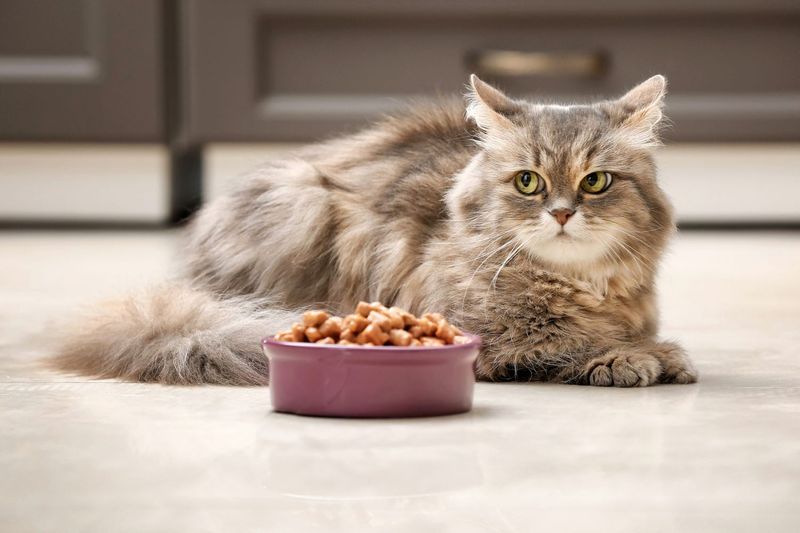
Has your cat stopped eating its favorite meal or suddenly become ravenous? Changes in appetite can signal health problems ranging from dental issues to more serious conditions like cancer.
While some fluctuations are normal, a prolonged change isn’t. If your cat’s eating habits shift dramatically, consult a vet. Addressing the root cause early can prevent more severe outcomes.
Don’t dismiss these behavioral changes.
Lethargy or Decreased Activity
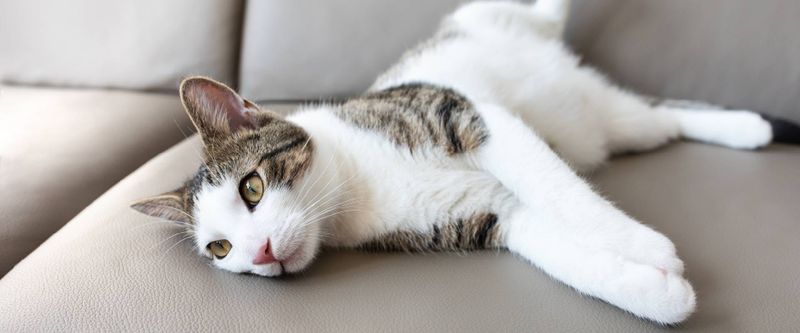
Cats are known for their naps, but too much laziness might be a red flag. Decreased activity can indicate pain, anemia, or other health concerns.
If your once energetic feline becomes a couch potato, it’s worth investigating. While cats do enjoy their rest, drastic changes in energy levels need attention.
Consulting a vet can help determine if something more serious is at play. Stay aware of your cat’s usual rhythms.
Difficulty Breathing
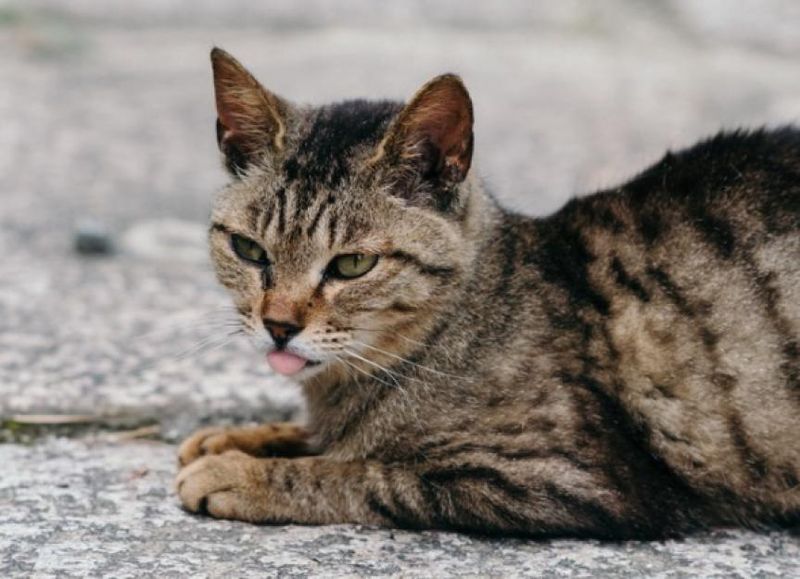
Breathing troubles are never a minor issue. If you notice wheezing, coughing, or labored breathing in your cat, it’s vital to seek help.
Respiratory issues can stem from infections, allergies, or heart problems. Observing your cat’s chest movements can provide clues. If breathing becomes a struggle, don’t hesitate—a vet visit is essential.
Quick action can greatly influence outcomes.
Unusual Lumps or Bumps
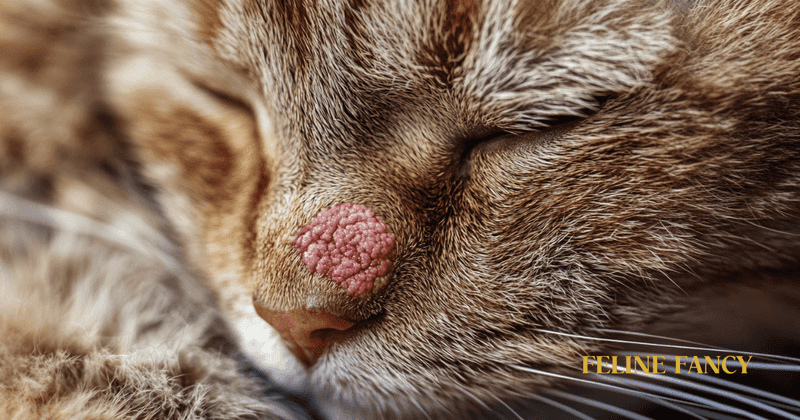
Discovering a lump on your cat can be unsettling. While not all lumps are cancerous, they do warrant attention. Regularly check your cat’s body for any unusual growths or bumps.
If you find a lump, observe its texture and whether it seems to change in size. Consultation with a veterinarian can help determine if further investigation or treatment is needed.
Staying proactive can make all the difference.
Changes in Grooming Habits

Cats are fastidious groomers, so a decline in grooming can indicate issues. Whether due to arthritis making grooming painful or other health problems, attention to grooming habits is key.
Watch for matted fur or excess dandruff. These signs suggest your cat may need help. A vet can assess whether there’s an underlying issue causing this change.
Maintaining your cat’s hygiene is crucial for its health.
Bad Breath

While morning breath might be normal for humans, persistent bad breath in cats often points to dental disease. Dental issues can lead to systemic health problems if left untreated.
Regularly inspect your cat’s mouth for redness or swelling. If that fishy smell doesn’t go away, it’s time for a dental check-up.
Ensuring good oral health can prevent more serious complications. Don’t let bad breath go unnoticed.
Changes in Vocalization

A chatty cat is not unusual, but if your feline suddenly becomes vocal or quiet, it could signal distress. Changes in vocalization can be linked to pain, anxiety, or cognitive issues.
Monitor these changes and their context. If your cat’s meowing patterns shift without clear reasons, consulting a vet is wise.
Addressing these auditory clues can provide insights into your cat’s well-being.
Hiding or Behavior Changes
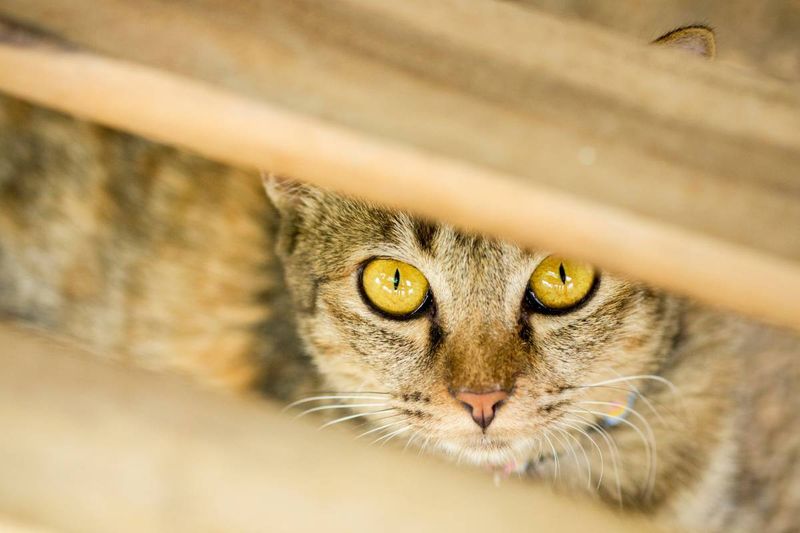
Does your cat seem to have become a recluse overnight? Behavioral changes such as hiding can indicate stress, pain, or illness.
While cats are known for their independent nature, drastic changes in social behavior merit a closer look. If your cat becomes withdrawn, it’s a cue to consult a veterinarian.
Understanding your cat’s behavior can help uncover hidden health issues.
Scratching or Skin Problems
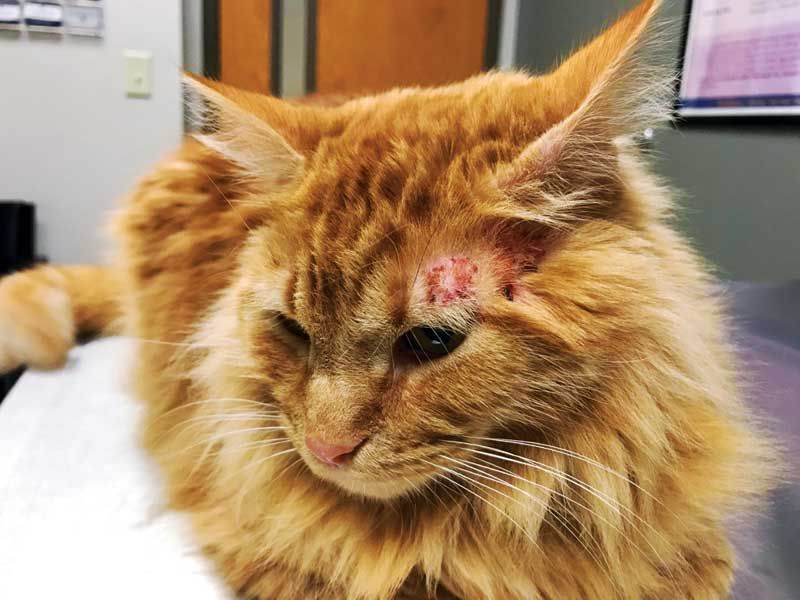
Constant scratching or skin problems often point to allergies or parasites. If your cat seems itchier than usual, it’s worth investigating.
Check for any redness, bald spots, or scabs on your cat’s skin. A vet can help diagnose and treat the underlying cause. Don’t let these symptoms become a persistent problem.
Early intervention can alleviate discomfort and prevent further issues.
Changes in Eye Appearance
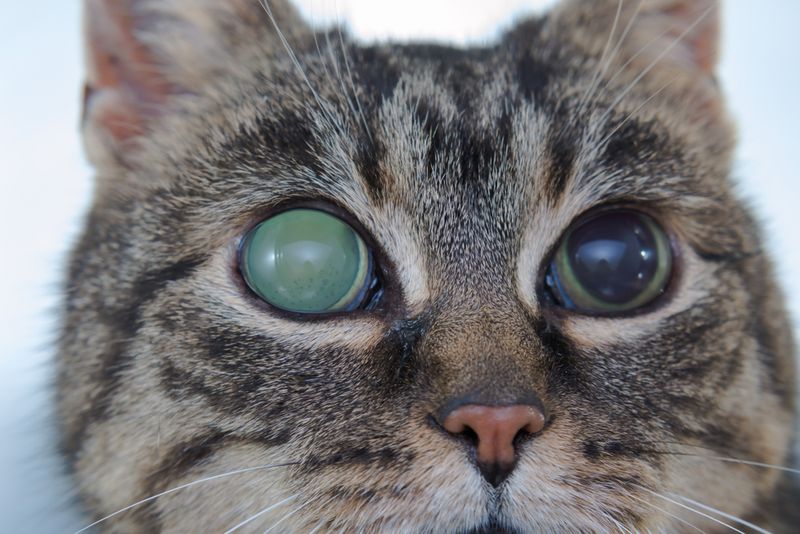
The eyes are windows to your cat’s health. Changes in eye appearance, like cloudiness or discharge, can indicate infections or more serious problems like glaucoma.
Keep an eye out for redness or swelling. If your cat’s eyes look different, a vet visit is warranted. Timely treatment can prevent vision loss and improve quality of life.
Don’t overlook these visual signals.
Limping or Difficulty Walking
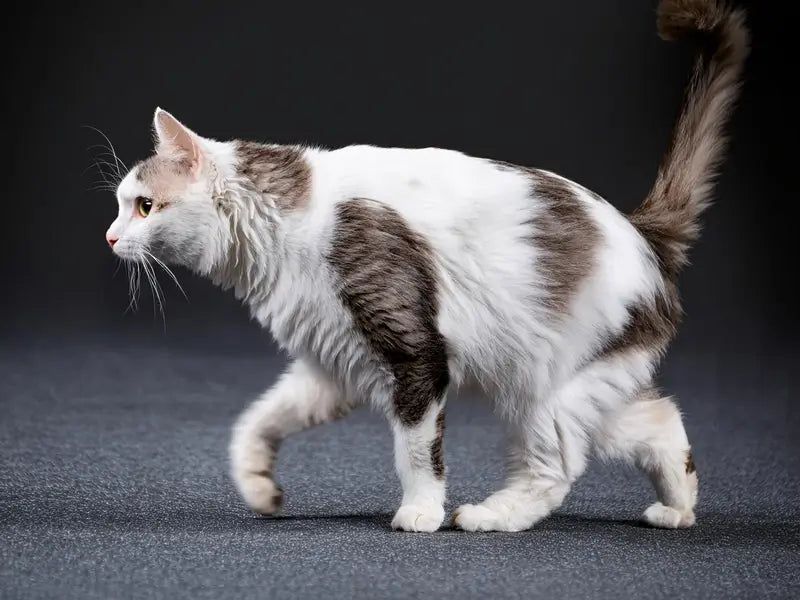
Mobility issues can arise from injury, arthritis, or other health conditions. If your cat starts limping, it’s important to pay attention.
Observe your cat’s gait and if it seems hesitant to jump. A visit to the vet can help determine the cause and provide relief. Addressing these mobility changes early can prevent further complications.
Keep your cat active and comfortable.

